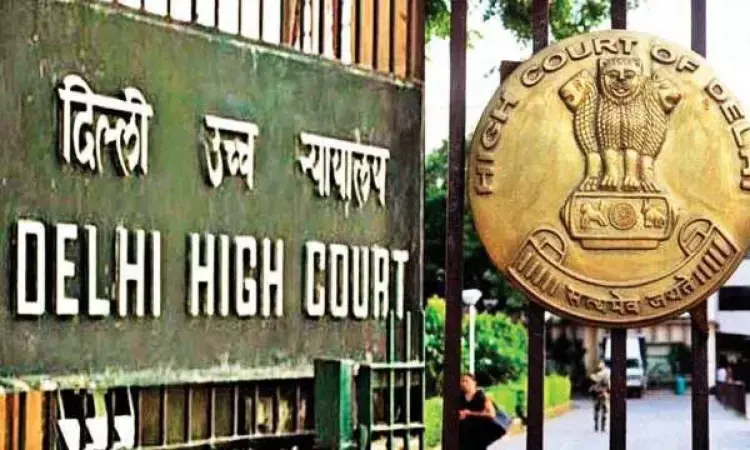- Home
- Medical news & Guidelines
- Anesthesiology
- Cardiology and CTVS
- Critical Care
- Dentistry
- Dermatology
- Diabetes and Endocrinology
- ENT
- Gastroenterology
- Medicine
- Nephrology
- Neurology
- Obstretics-Gynaecology
- Oncology
- Ophthalmology
- Orthopaedics
- Pediatrics-Neonatology
- Psychiatry
- Pulmonology
- Radiology
- Surgery
- Urology
- Laboratory Medicine
- Diet
- Nursing
- Paramedical
- Physiotherapy
- Health news
- Fact Check
- Bone Health Fact Check
- Brain Health Fact Check
- Cancer Related Fact Check
- Child Care Fact Check
- Dental and oral health fact check
- Diabetes and metabolic health fact check
- Diet and Nutrition Fact Check
- Eye and ENT Care Fact Check
- Fitness fact check
- Gut health fact check
- Heart health fact check
- Kidney health fact check
- Medical education fact check
- Men's health fact check
- Respiratory fact check
- Skin and hair care fact check
- Vaccine and Immunization fact check
- Women's health fact check
- AYUSH
- State News
- Andaman and Nicobar Islands
- Andhra Pradesh
- Arunachal Pradesh
- Assam
- Bihar
- Chandigarh
- Chattisgarh
- Dadra and Nagar Haveli
- Daman and Diu
- Delhi
- Goa
- Gujarat
- Haryana
- Himachal Pradesh
- Jammu & Kashmir
- Jharkhand
- Karnataka
- Kerala
- Ladakh
- Lakshadweep
- Madhya Pradesh
- Maharashtra
- Manipur
- Meghalaya
- Mizoram
- Nagaland
- Odisha
- Puducherry
- Punjab
- Rajasthan
- Sikkim
- Tamil Nadu
- Telangana
- Tripura
- Uttar Pradesh
- Uttrakhand
- West Bengal
- Medical Education
- Industry
Delhi HC Quashes IPO's Patent Rejection of Taiho Pharma's Cancer Drug, Orders Re-evaluation

Delhi High Court
New Delhi: In a ruling impacting pharmaceutical patent jurisprudence in India, the Delhi High Court has set aside the Indian Patent Office's (IPO) rejection of Japanese drugmaker Taiho Pharmaceutical Co. Ltd.'s application for a novel anti-cancer compound and directed the Patent Controller to reconsider the application afresh.
The Court held that the IPO failed to properly identify the 'known substance' and did not give the applicant a fair opportunity to demonstrate enhanced efficacy, as required under Section 3(d) of the Patents Act, 1970.
The Court, in its May 15, 2025 ruling observed;
“By not identifying any particular ‘known substance’ in the hearing notice, the appellant was not afforded a fair opportunity to respond to the same, by demonstrating, through comparative research data, that the claimed compound possesses enhanced therapeutic efficacy,”
The case involved Taiho’s patent application (No. 7283/DELNP/2014) for a novel piperidine compound with Aurora A kinase inhibitory activity, indicated for cancer therapy. The IPO had rejected the application citing Section 2(1)(ja) (lack of inventive step) and Section 3(d) (new form of known substance without enhanced efficacy), referencing prior art D1.
However, the Court found that the Patent Office had not followed the necessary steps laid down by legal precedent for applying Section 3(d):
“In order to sustain an objection under Section 3(d) of the Act, the following factors have to be clearly identified by the Controller:
(i) the 'known substance' with 'known efficacy';
(ii) clear explanation as to how and why the claimed substance is a derivative or otherwise a new form of a 'known substance';
(iii) an objective comparison between the therapeutic efficacy of the claimed invention and that of the known substance.”
The High Court cited its own earlier judgment in DS Biopharma Ltd. v. Controller of Patents & Designs, emphasizing that procedural lapses such as vague hearing notices and lack of specific compound references deprive applicants of their right to be heard fairly.
“The hearing notice only refers to D1 as the closest prior art and makes a general observation regarding structural similarity... The appellant cannot be expected to infer a ‘known substance’ and furnish efficacy data based on such inference,” the order stated.
Further, the Court held that the inventive step analysis under Section 2(1)(ja) was closely linked to the Section 3(d) findings and therefore required reconsideration:
“Since the reasoning under Section 2(1)(ja)... is closely intertwined with the assessment under Section 3(d), the objection... also warrants reconsideration upon proper identification of the ‘known substance’ from the closest prior art and comparison of the enhanced efficacy data thereof by the appellant.”
Accordingly, the Court remanded the matter back to the Patent Office for fresh evaluation, instructing the Controller to issue a new hearing notice and afford the appellant a fresh opportunity to respond with relevant data.
“The Controller would afford a fresh opportunity of hearing before deciding the subject patent application, after giving a hearing notice to the appellant.”
The matter has now been referred back for compliance and further action, with the Patent Office directed to examine all technical and legal submissions afresh.
To view the original judgement, click on the link below:
Farhat Nasim joined Medical Dialogue an Editor for the Business Section in 2017. She Covers all the updates in the Pharmaceutical field, Policy, Insurance, Business Healthcare, Medical News, Health News, Pharma News, Healthcare and Investment. She is a graduate of St.Xavier’s College Ranchi. She can be contacted at editorial@medicaldialogues.in Contact no. 011-43720751


